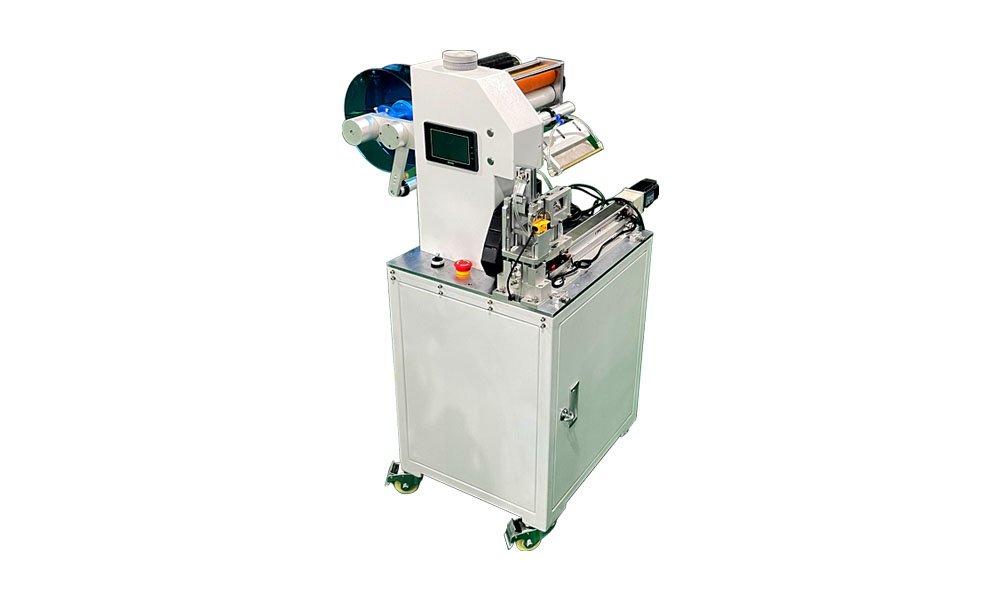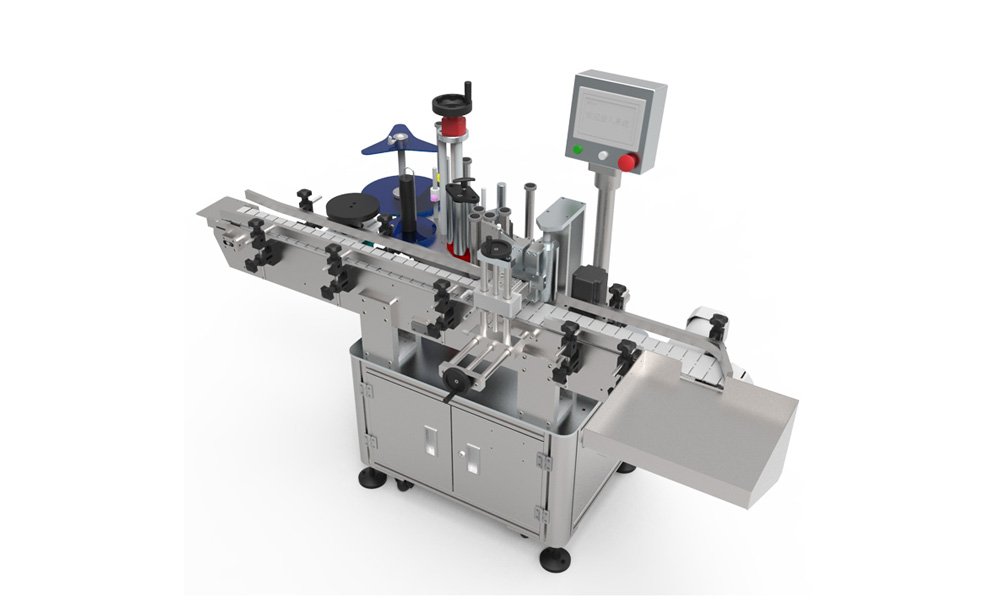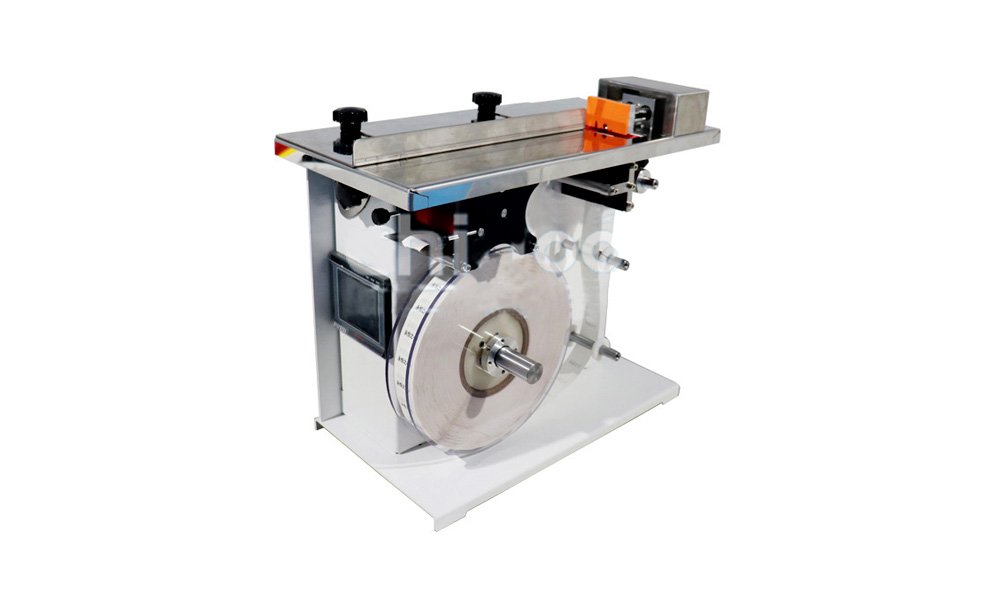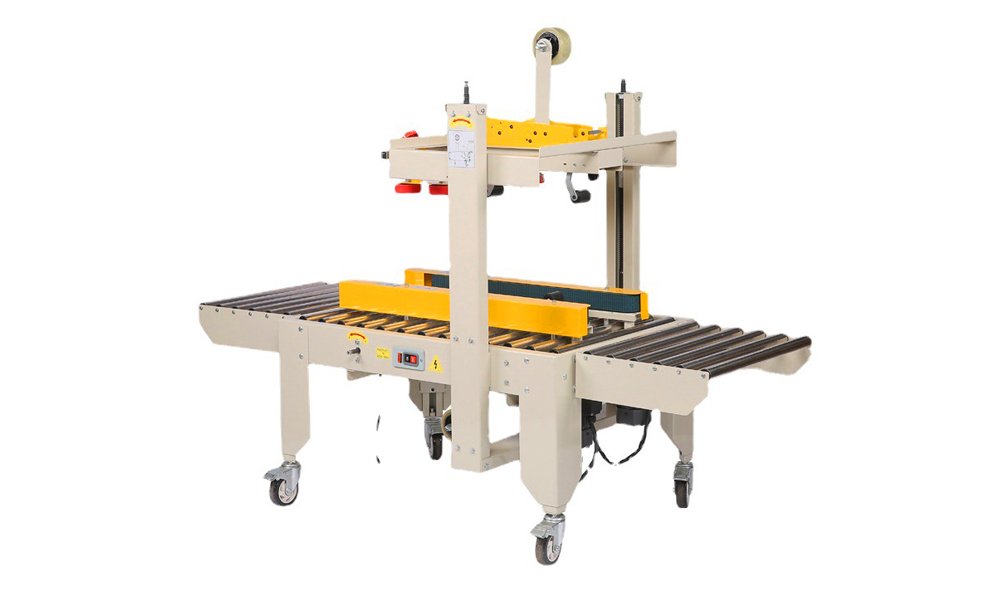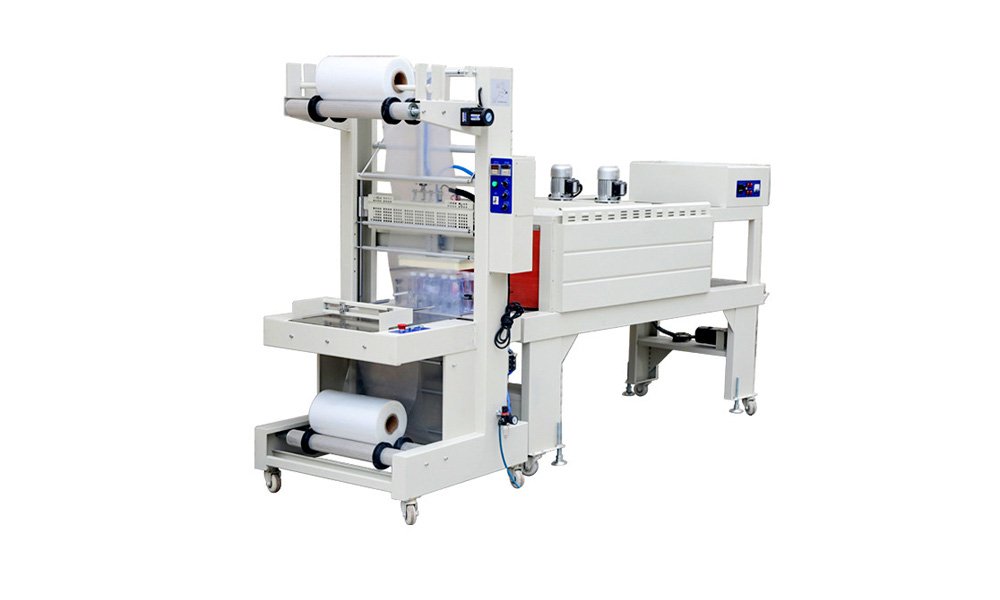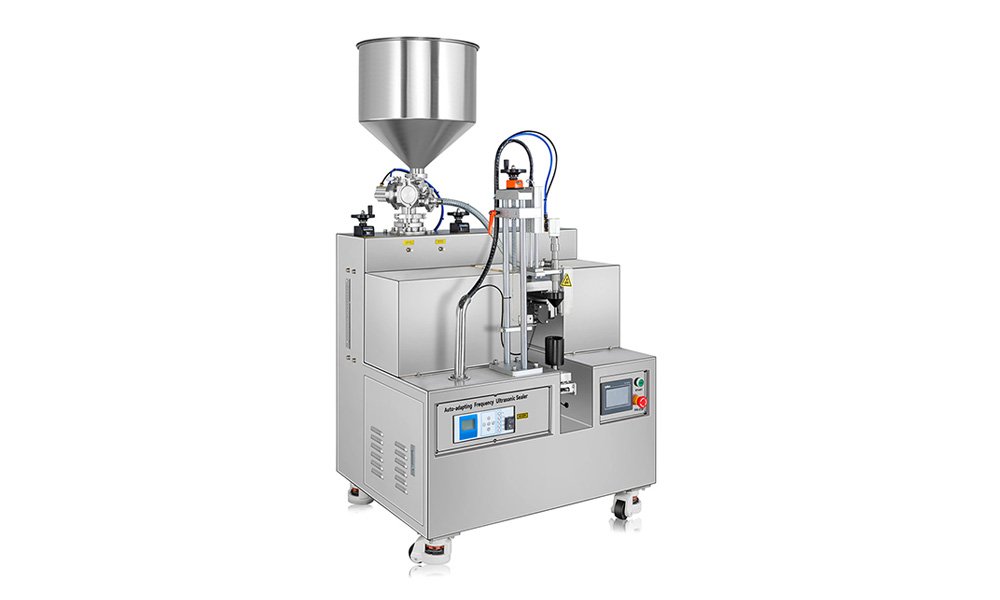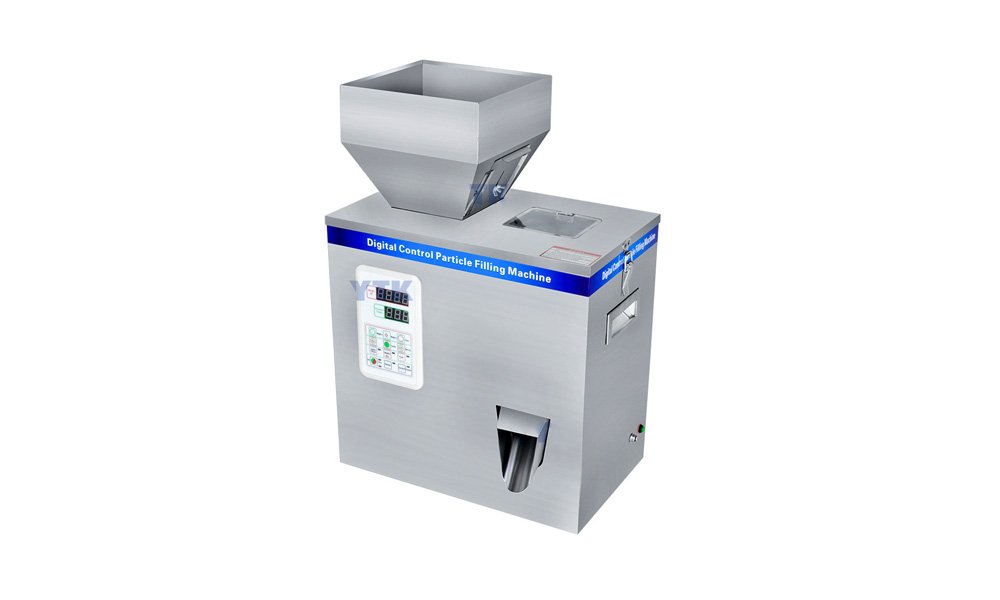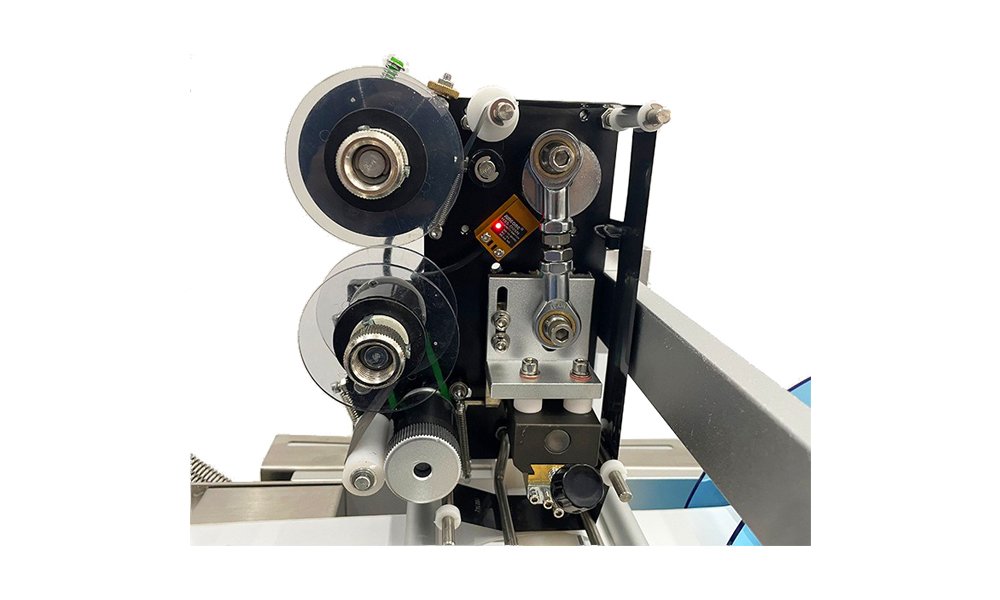In the world of physics and engineering, simple machines are the fundamental building blocks that make tasks easier by redirecting or amplifying force. These machines include levers, pulleys, inclined planes, wedges, wheels and axles, and screws. While we often think of simple machines as something you might find in a science textbook, they are all around us in everyday objects—one such object is the humble water bottle cap.
At first glance, a water bottle cap may not seem like a marvel of engineering, but it is a perfect example of a simple machine at work: the screw. This article explores how this basic mechanism works and why it’s such an effective tool in our daily lives.
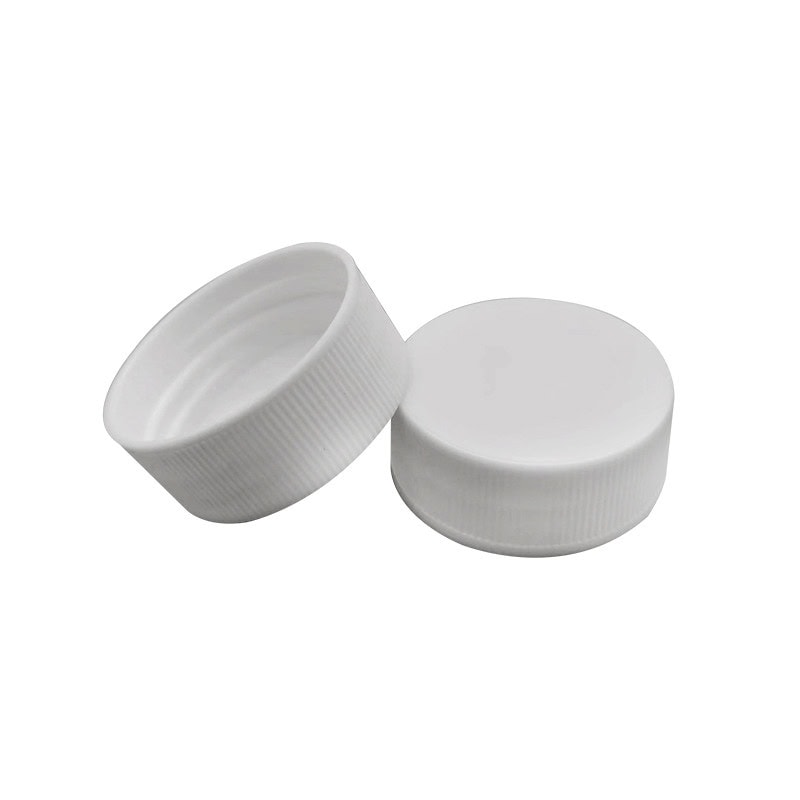
What Makes a Water Bottle Cap a Screw?
A screw is essentially an inclined plane wrapped around a cylinder. When you twist a water bottle cap, you are engaging this very mechanism. The cap’s threads spiral around its body, and when combined with the threads on the bottle neck, they create a secure seal. This process involves converting rotational force (the action of twisting the cap) into linear force (the cap moving up or down along the threads), which is the hallmark of how a screw functions.
The screw mechanism in a water bottle cap allows it to perform two key tasks efficiently: sealing the bottle to keep its contents secure and allowing for easy opening when needed. The precision of the thread design ensures that the cap fits snugly, preventing leaks, while the inclined plane of the screw requires relatively little effort to secure or remove the cap, thanks to the mechanical advantage provided by the screw.
Everyday Applications and Importance
Understanding how a water bottle cap works as a screw highlights the significance of simple machines in our daily lives. Whether you’re sealing a bottle of water, juice, or soda, the screw mechanism ensures that the contents are safely stored and easily accessible when needed. This simple yet effective design is crucial for maintaining the integrity of the bottle’s contents, protecting against contamination, and preventing spills during transport.
Moreover, the screw mechanism found in bottle caps is not limited to liquid containers. It’s also used in various other applications, such as jar lids, fuel caps, and even in medical devices. Each of these examples showcases the versatility and reliability of the screw as a simple machine.
The Mechanics Behind the Convenience
The mechanics behind a water bottle cap’s screw design are straightforward but ingenious. The angled threads on the cap and the bottle neck work together to create friction that holds the cap in place. This friction, combined with the pressure exerted by the threads as they move along the inclined plane, ensures that the cap stays securely fastened.
When you twist the cap, the inclined plane (the threads) reduces the amount of force needed to overcome the friction between the cap and the bottle neck. This makes it possible to create a tight seal with minimal effort, illustrating the principle of mechanical advantage. The finer the threads, the easier it is to achieve a secure seal, which is why many bottle caps have multiple, closely spaced threads.
A Simple Machine with Widespread Impact
The simplicity of the screw mechanism in a water bottle cap belies its widespread impact. This basic design is crucial in ensuring the functionality and reliability of a wide range of products. From keeping beverages fresh to securing fuel in a vehicle, the screw’s application is both diverse and essential.
Conclusion
The water bottle cap is a prime example of how simple machines play an integral role in our everyday lives. By understanding the mechanics of a screw, we gain a deeper appreciation for the engineering behind even the most commonplace objects. So, the next time you twist open a bottle of water, take a moment to consider the simple yet effective technology that makes it possible.

